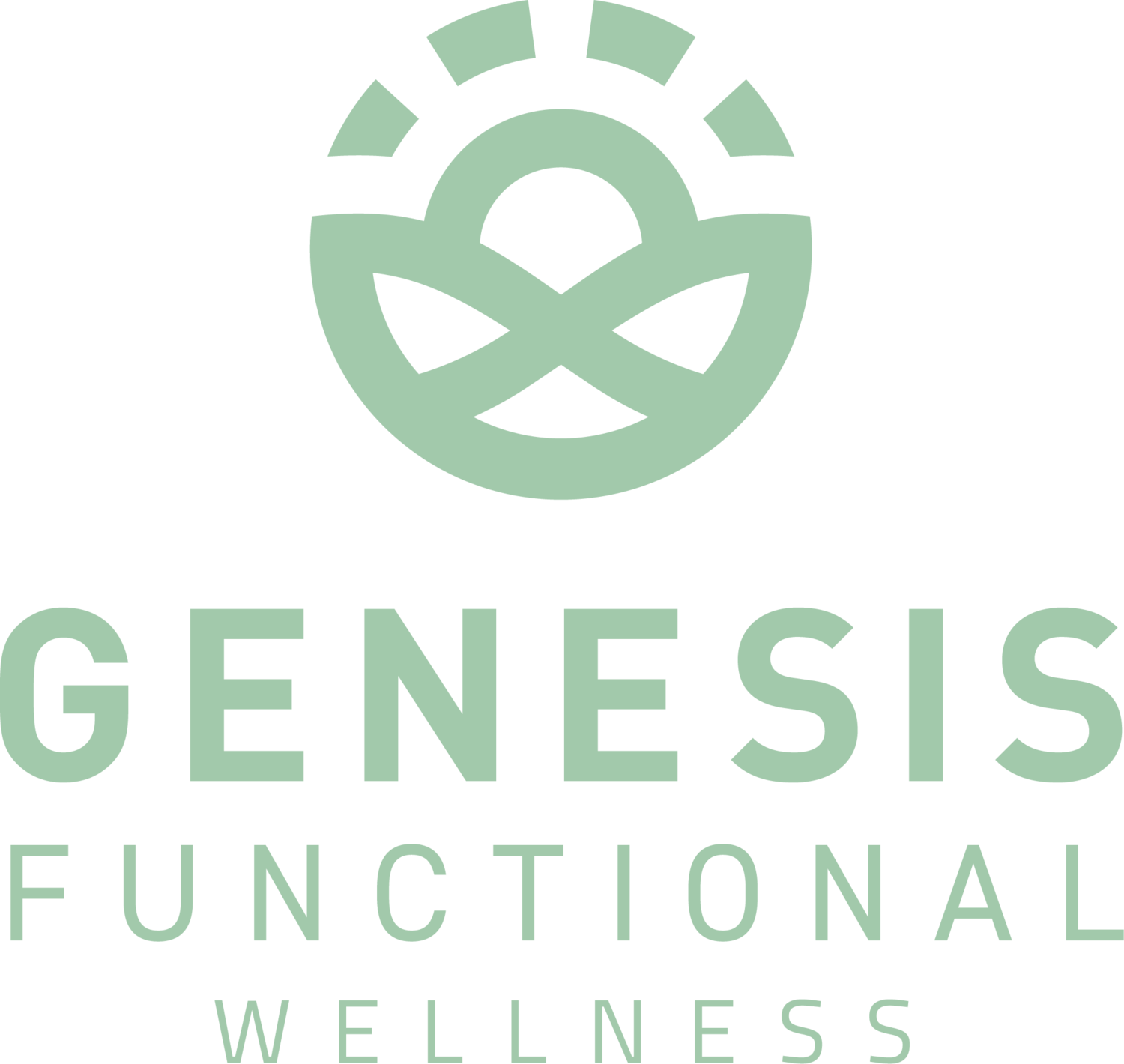The Low FODMAP DIet For SIBO
SIBO, or small intestinal bacterial overgrowth, is a complex condition that can be alleviated using a combination of treatments including neurological exercises, supplementation, and proper nutrition through the Low FODMAP diet. Following the Low FODMAP diet helps to promote healing of the GI system by decreasing symptoms caused by excess gas produced by gut bacteria while the root causes of SIBO are being addressed. Some of these symptoms include bloating, burping, constipation and diarrhea. For more information on SIBO, read this article.
What are FODMAPs?
Chemical structure of saccharides
FODMAP is an acronym for Fermentable Oligo-, Di-, Mono-saccharides and Polyols (sugar alcohols). These short-chain carbohydrates resist digestion and, rather than being absorbed into the bloodstream, they travel through the intestine. There, opportunistic bacteria feed on them for fuel, producing gas and uncomfortable digestive symptoms in sensitive individuals. When there is an overgrowth of bacteria in the small intestine, as in SIBO, the amount of gas produced by the bacteria is increased and GI symptoms are intensified. (1)
Common FODMAPS
FODMAPs are categorized by the type of sugar they contain. (2) The following chart lists common FODMAPS and where they can be found:
The Low FODMAP Diet
The low FODMAP diet was originally developed by researchers at Monash University in Melbourne, Australia, in an effort to determine whether or not eliminating high FODMAP foods could improve symptoms in patients with IBS. The diet is now commonly used to treat SIBO. Monash University also established the first food analysis program to measure the FODMAP content of a wide variety of foods.
The Low FODMAP Diet is divided into two stages, the restriction stage and the reintroduction stage. During the restriction stage, all high FODMAP foods are eliminated completely in order to reduce GI symptoms while the causes of SIBO are being addressed. For some people, symptoms will decrease immediately while others may not experience relief for several weeks.
Once GI symptoms are decreased dramatically, the reintroduction stage can begin. During the reintroduction stage, foods with higher FODMAP contents are reintroduced into the diet systematically by adding one new food every 1-2 days. It is important to keep a food log during this stage to record any symptoms that may occur after reintroducing a food. If a reintroduced food doesn’t cause any GI symptoms, it can be added back into the diet. If symptoms do occur with a reintroduced food, it must be eliminated again. Any eliminated foods can be reintroduced again at a later time. If GI symptoms do occur with a reintroduced food, it is best to wait until symptoms are gone before reintroducing another high FODMAP food.
While the Low FODMAP diet is not intended to heal gastrointestinal issues, following it can dramatically reduce GI symptoms while the root causes of SIBO are being addressed. At Genesis Functional Wellness, we utilize lab testing to determine if an individual has SIBO. If SIBO is found, the low FODMAP Diet can be a beneficial adjunct along with supplementation while addressing SIBO.
References:



